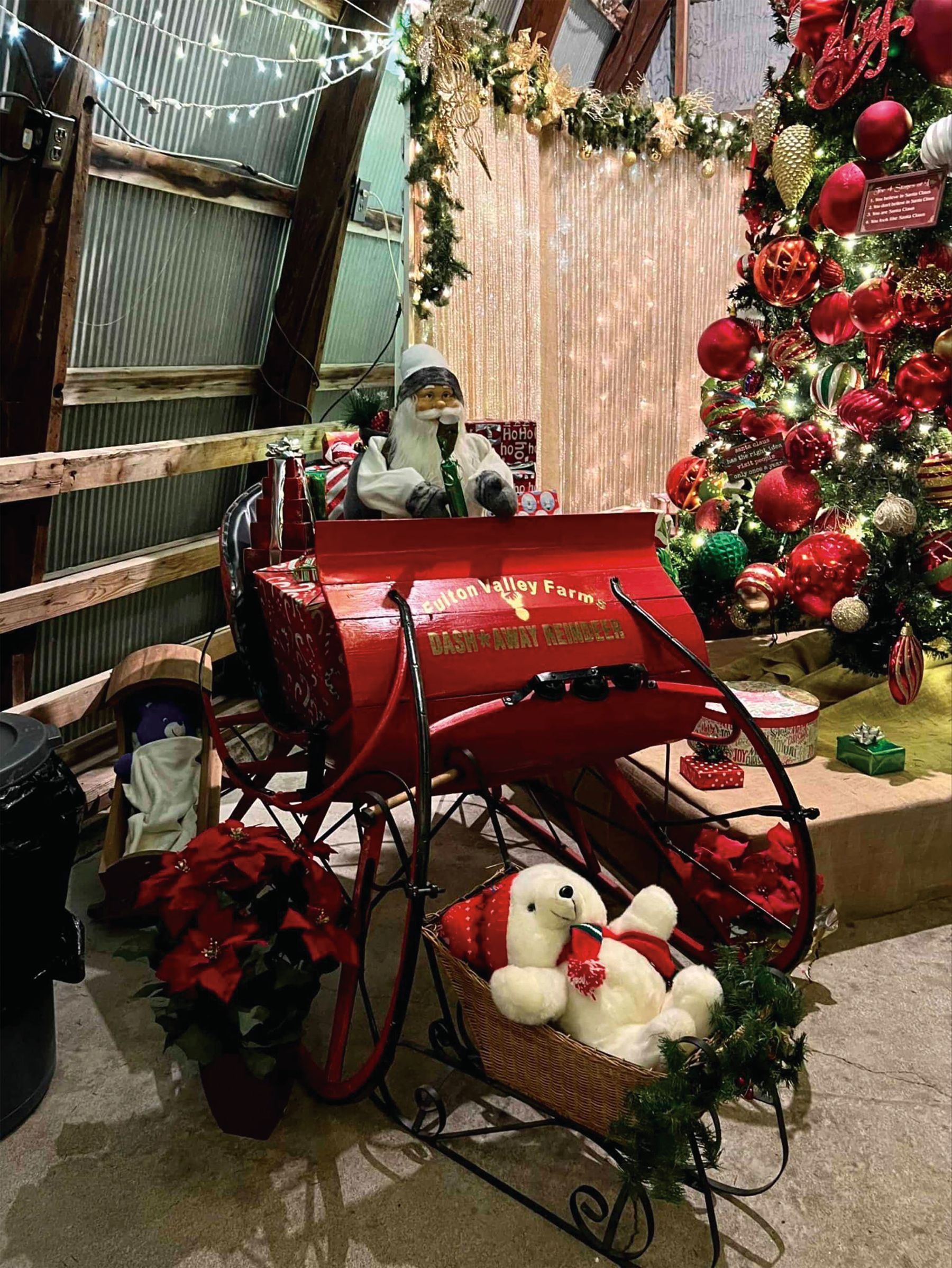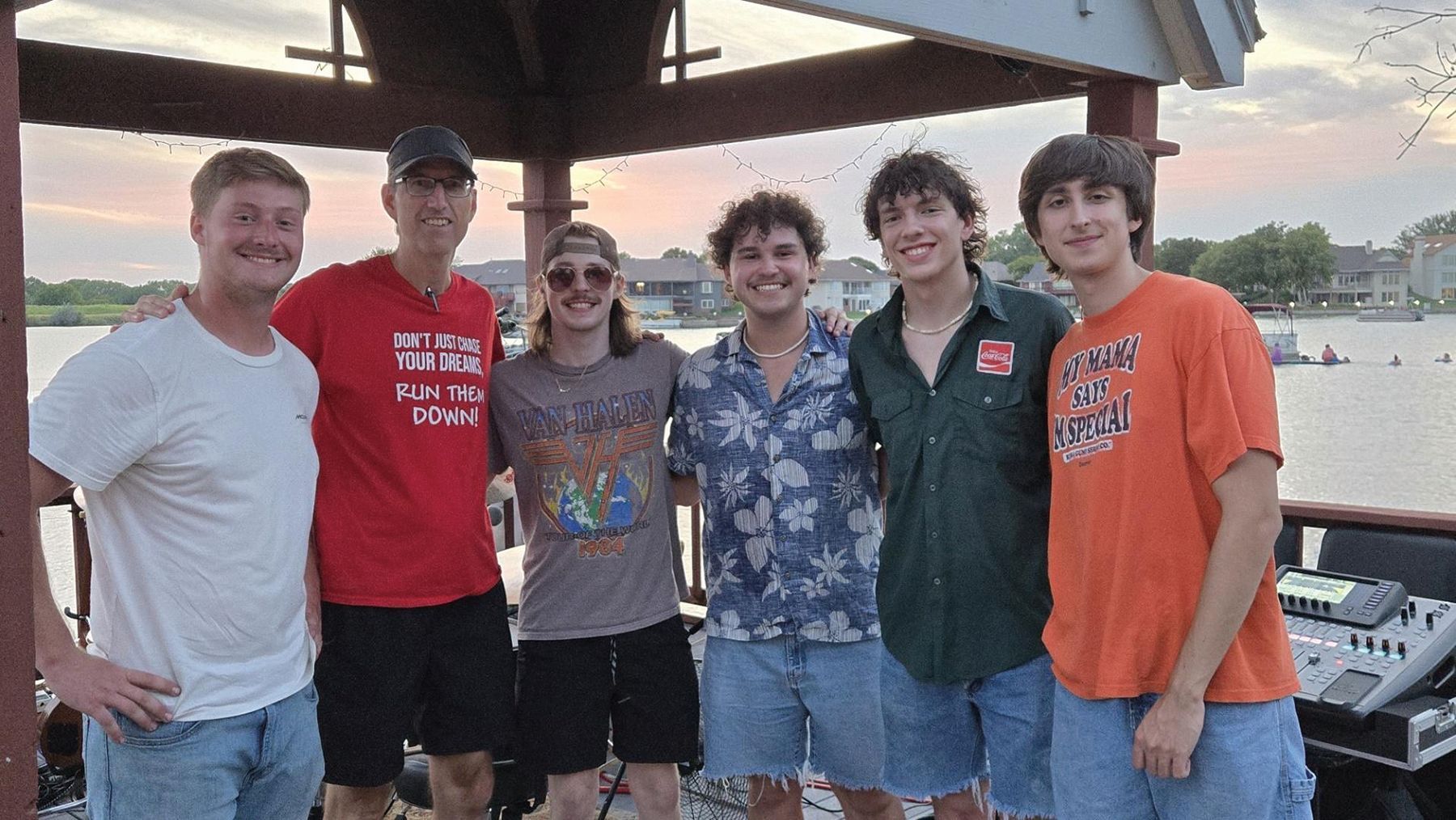Honoring a Hometown Hero
Written by Paige Feikert
Honoring a Hometown Hero
Volunteers Rebuilding Classic WW1 Biplane
Written by Paige Feikert
It’s Monday morning and an unassuming garage in Old Town is buzzing with veterans, retired aerospace workers and aviation enthusiasts. Inside, the scent of spruce and coffee fills the air, while volunteers are sanding and assembling, following drawings over 100 years old to rebuild a DH-4 military airplane.
The aircraft is one of only four remaining DH-4 airplanes in the world, and the only American-built DH-4 known to be airworthy and FAA-certified, complete with the original Liberty engine. At the center of the restoration effort is 2nd Lieutenant Erwin Bleckley (1894–1918), an American hero who sacrificed his life during World War I and the only aviation Medal of Honor recipient from Wichita.
“Every Monday morning and every Thursday morning this incredible group of veterans and retired aircraft workers and engineers meet at the Bleckley Hangar, and they just get to work,” said Jonathan Marr with the Bleckley Foundation. “They’re using meticulous care to put this back together in a way that honors its original manufacturing techniques, so that it looks like the exact plane that Erwin Bleckley flew in.”
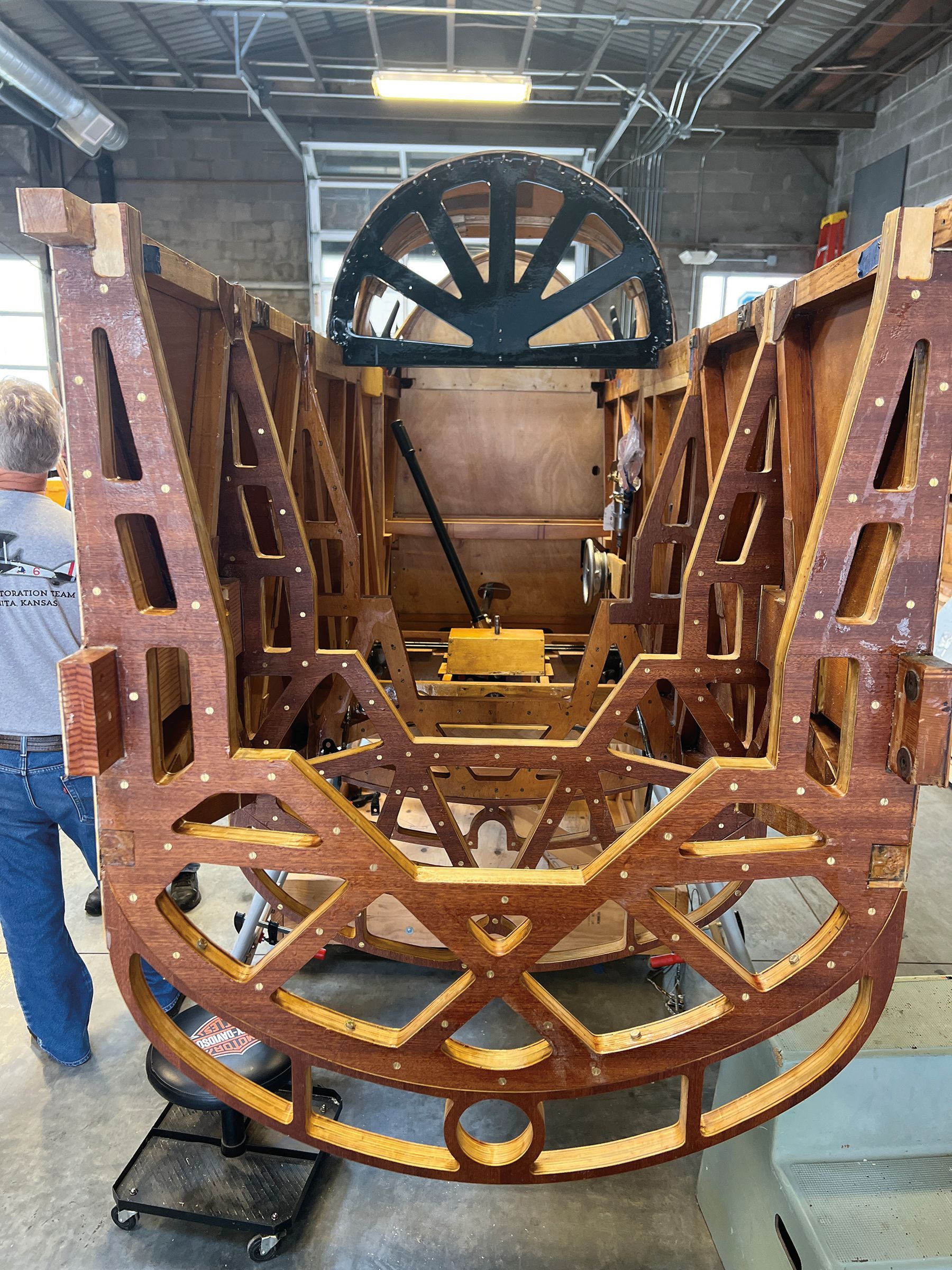
The First Aerial Resupply Mission
Lt. Bleckley grew up in Wichita near St. Francis and Elm, just north of where the Nifty Nut House stands today. He enlisted as a private in the Kansas National Guard in 1917, and eventually trained as an aerial observer, joining the 50th Aero Squadron in France in August 1918. In October that year, Lt. Bleckley and pilot Lt. Harold Goettler flew a DH-4 biplane with tail number 2 over the Argonne Forest in France in a re-supply mission for the Lost Battalion — hundreds of American troops surrounded by German forces and running out of supplies quickly. As an aerial observer, Lt. Bleckley’s role was to map enemy positions, but the dense fog and rain made visibility nearly impossible.
After taking enemy fire, the crew returned to the airfield with holes blasted through the wooden airframe and doped fabric that covered the fuselage and wings of the DH-4. But Lt. Bleckley and Lt. Goettler were determined to see the mission through — locating the Lost Battalion and re-supplying them with critical supplies. With squadron commander Capt. Daniel P. Morse’s warning that a second pass would be more difficult and hazardous, Lt. Bleckley quickly jotted down his will and boarded a borrowed DH-4 with the tail number 6. Just before taking off a second time again, with Lt. Goettler piloting the plane, Lt. Bleckley was said to tell Capt. Morse “We’ll make the delivery or die in the attempt.”
Lt. Goettler and Lt. Bleckley set off with a renewed effort to locate and resupply the Lost Battalion, this time flying even lower, just above the treetops. As the duo drew fire from German troops, Lt. Bleckley marked a map of where enemy troops were located. The DH-4 and the crew were riddled with gunfire, and the plane ultimately crashed behind allied lines. Both Lt. Goettler and Lt. Bleckley died in the mission, and both were posthumously awarded the Medal of Honor — two of the four aviation Medals of Honor awarded during WWI. The Lost Battalion was eventually rescued when German troops retreated the day after Lt. Bleckley’s fateful mission due to the success of American units threatening to outflank the Germans. Lt. Bleckley’s mission is documented as the first mission where aerial resupply was attempted.
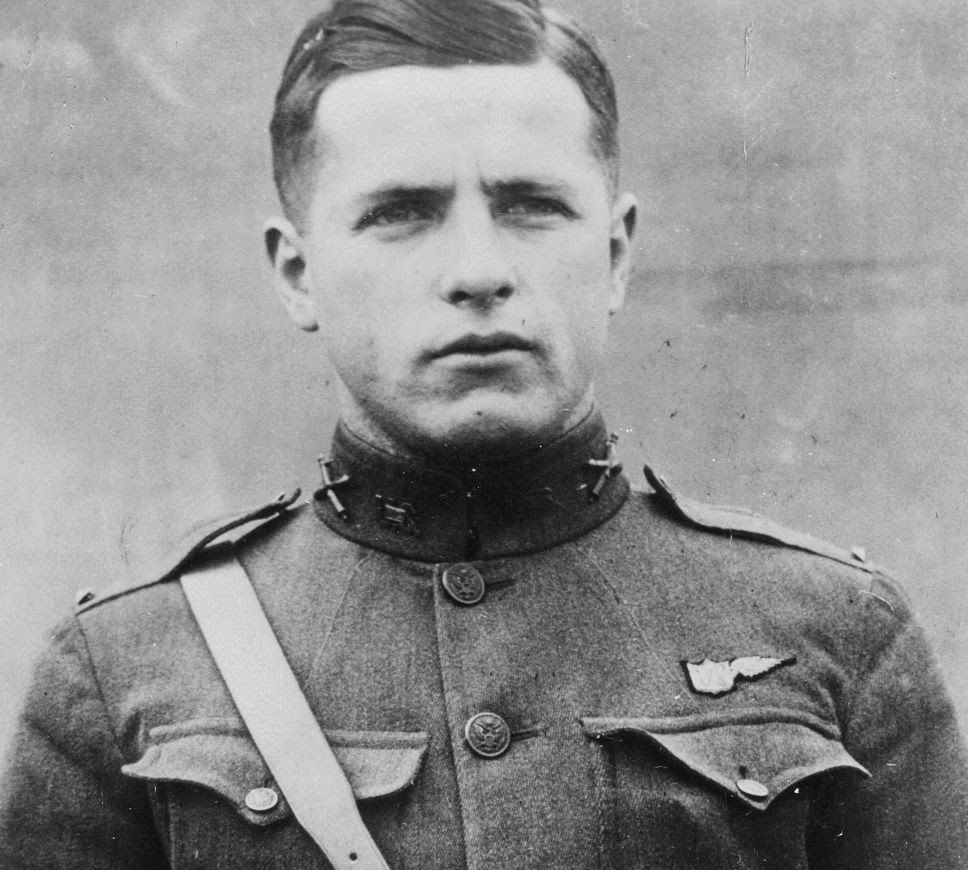
’We’ll make the delivery or die in the attempt.’ — 2nd Lieutenant Erwin Bleckley
“I’ve been following Erwin for a quarter century or more because we’re inspired by him, by what he did,” said Greg Zuercher, a board member for the Bleckley Foundation. “It always has, it always will inspire us.”
The Bleckley Foundation was established to share the memory of Lt. Bleckley and his heroic actions during WWI. The group is behind the DH-4 restoration effort, which will include Lt. Bleckley’s 50th Aero Squadron “Dutch Girl” insignia and the tail number 6 — replicating the DH-4 from Lt. Bleckley’s fateful final flight.
Wright Brothers Connection
The DH-4 under construction includes the original controls and instruments and the original 1918 manufacturing data plate with Lt. Bleckley’s aircraft serial number 32517. The aircraft will be restored to flight status. During WWI, Dayton-Wright, the company that manufactured the DH-4 in America, built roughly 3,000 DH-4 airplanes, with Orville Wright serving as a consultant on the project.
“The Wright Brothers name is on the shop drawing that [volunteers are] using to rebuild this plane, so the Wright Brothers had a direct connection to this plane, which essentially ties the Air Capital of the World to the Wright Brothers through Bleckley,” Marr said.
The goal behind the restoration is to eventually erect a memorial for Lt. Bleckley in Eisenhower Airport — complete with the restored DH-4, a bronze statue of Lt. Bleckley, a copy of his Congressional Medal of Honor and a signed letter of condolence from General John J. Pershing to Lt. Bleckley’s parents.
“The Medal of Honor is the highest award given by our nation and I think every city has its heroes, and we need to look at what those heroes are doing and try to emulate that as much as possible in our own way,” Marr said.
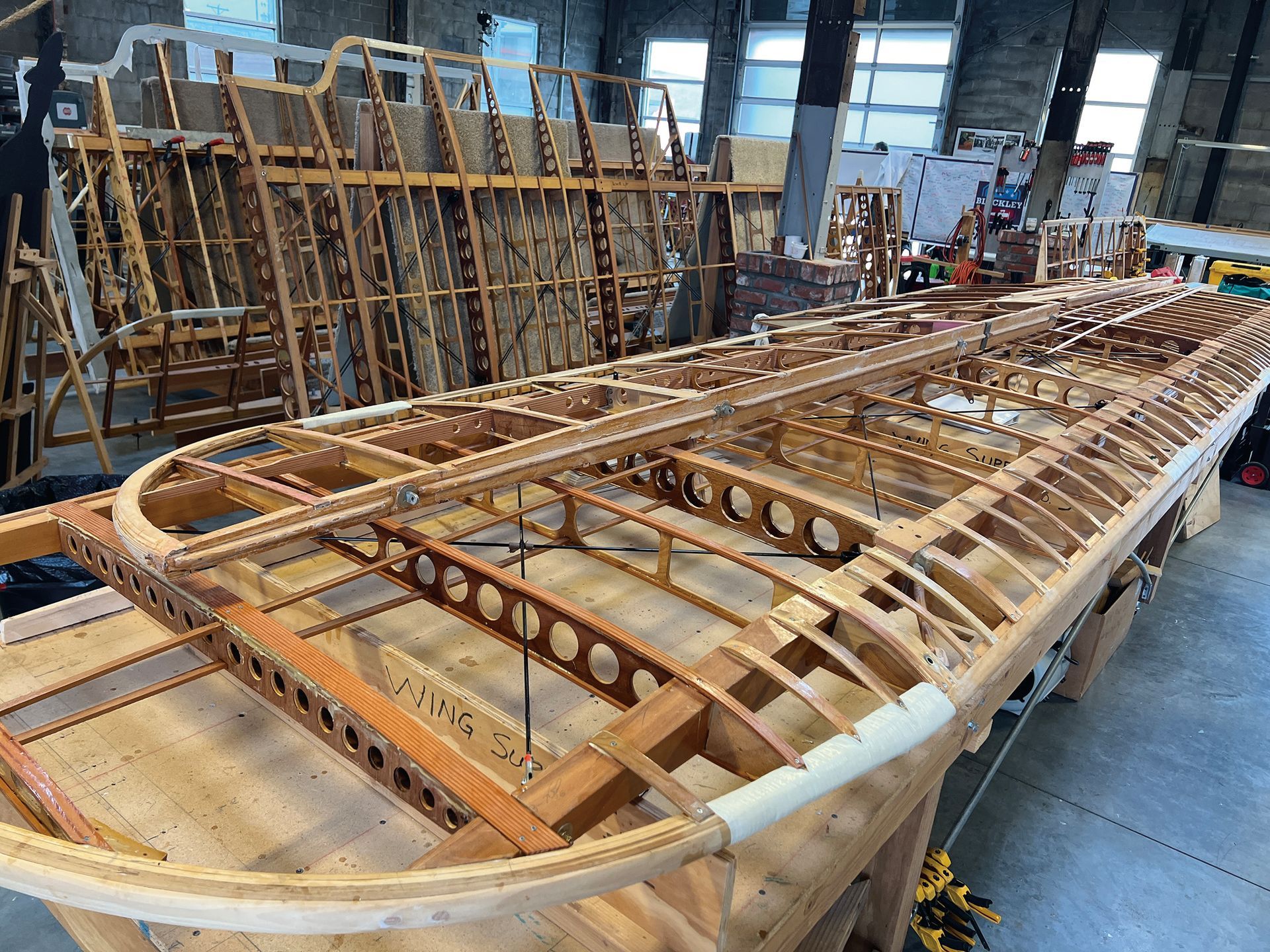
Bringing History to Life in Bleckley Hangar
For now, volunteers continue to carry a small piece of Lt. Bleckley’s legacy, working bit by bit to restore the DH-4 in his honor.
“They’re all patriotic, they’re volunteering, nobody’s getting paid to do this project, and there’s a passion for it,” said Doug Jacobs, a retired Army lieutenant colonel and Bleckley Foundation board member. “You can see when they come down to work that they come in excited about doing something on this project.”
The Bleckley Hangar is open to the public and free to visit on the second Saturday of every month from 10 a.m. to 2 p.m. at 359 N. Mosley Ave. Marr describes the experience of visiting the hangar as a step back into time.
“Every time I go into that hangar and I can put my hands on one of the wings and its wood from 118 years ago that the Wright Brothers had a hand in designing, there’s just a feeling that you can’t describe,” Marr said. “It’s a feeling that connects you to a time you never lived, but it’s a story that you understand.”
Make donations and officially show your support for the memorial on the Bleckley Foundation’s website, bleckleyfoundation.org. If you would like to partner with the Bleckley Foundation or provide additional support, contact info@bleckleyfoundation.org.
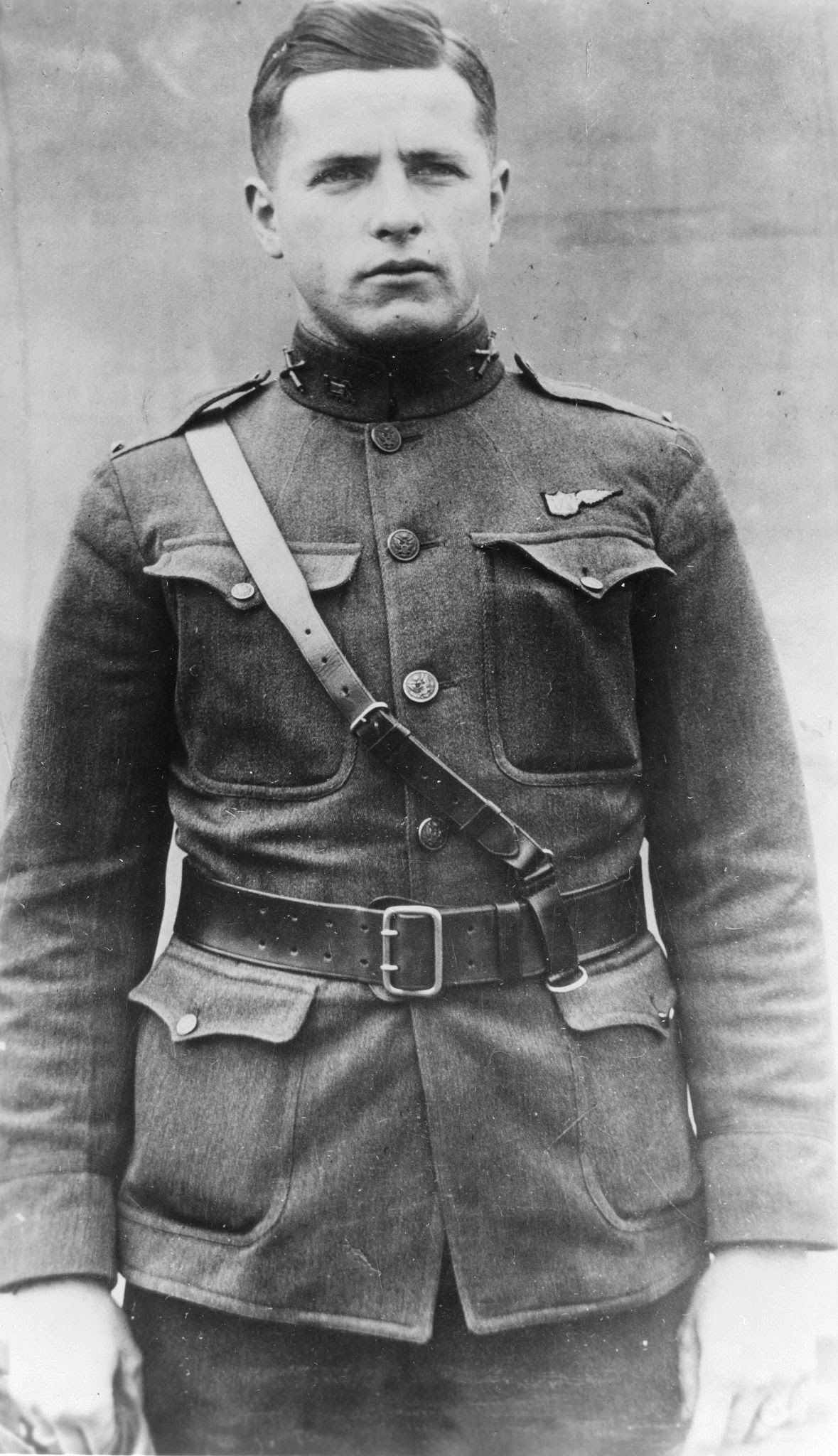
2nd Lieutenant Erwin Bleckley (1894–1918)

